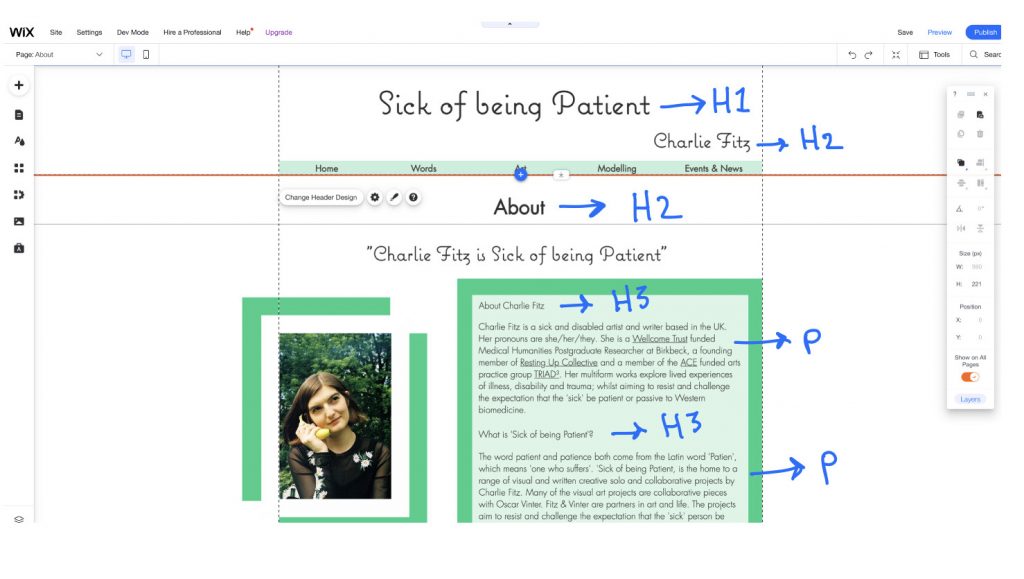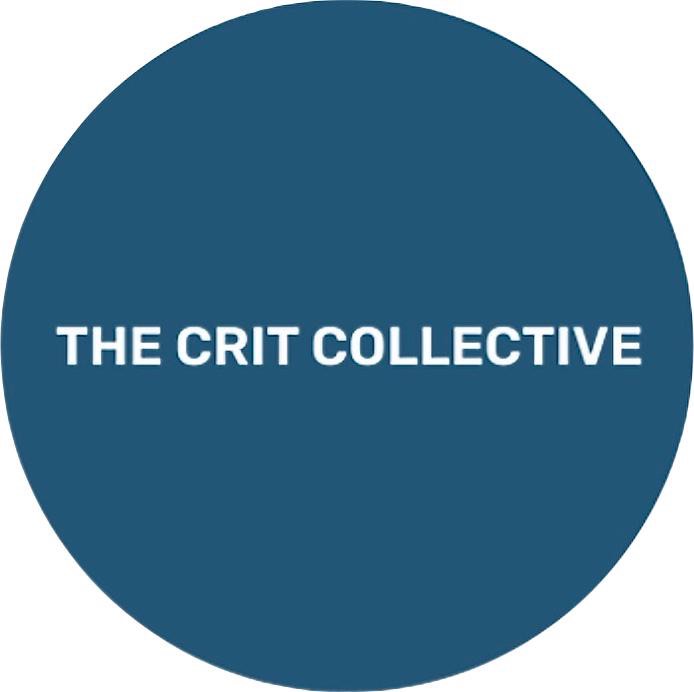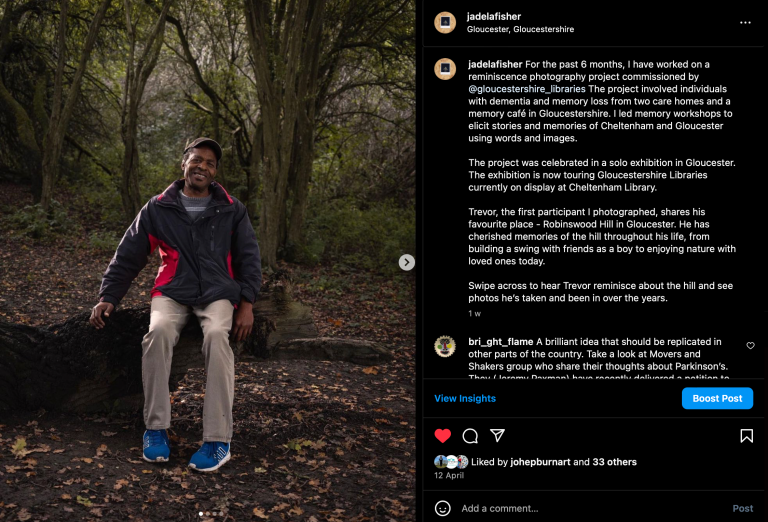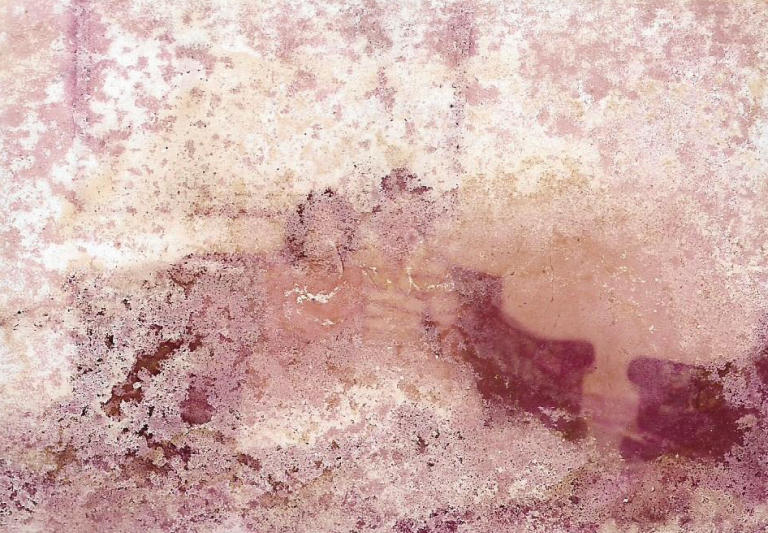website accessibility audit
As a sick, disabled and neurodivergent artist who works in new media digital accessibility is extremely important to me. As a low income, sick person with very little energy and no administrative support maintaining digital access best practice is challenging and can feel overwhelming. The access sessions on the residency however have broken down digital accessibility into manageable chunks and helped me to see the areas where I am doing well and the areas where I need to improve.
During the residency and beyond I am beginning a personal website accessibility audit of my artist website. Where I plan to go through at a manageable place and improve my website’s accessibility.
We learnt in a recent session with Andy the importance of correctly coding text on a site to improve the user experience (UX) for individuals using screen readers. With this in mind, I have begun by checking and editing how my headings and text are coded.
As demonstrated in the screenshot image below, previously the whole section of text in the green box was coded as a paragraph, even though it is laid out on the page as two subheadings and two paragraphs. I have now coded all of these headings. The main website title is coded as H1, the title of the specific page is coded as H2 and the two subheadings are coded as H3, whilst the paragraphs are coded as P. Now someone using a screen reader should be able to navigate this page more efficiently.

My own personal audit will take time and is a learning curve, but I will pace, run on Crip Time (see definition below) and be kind to myself throughout this process of improvement.
Terminology
‘Crip time: A concept arising from disabled experience that addresses the ways that disabled/chronically ill and neurodivergent people experience time (and space) differently than able-bodyminded folk. In her essay on Crip Time, Ellen Samuels quotes her friends Alison Kafer, who says that crip times means: “rather than bend disabled bodies and minds to meet the clock, crip time bends the clock to meet disabled bodies and minds.”’









